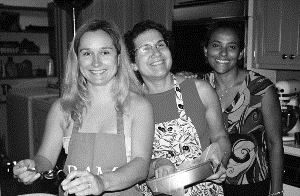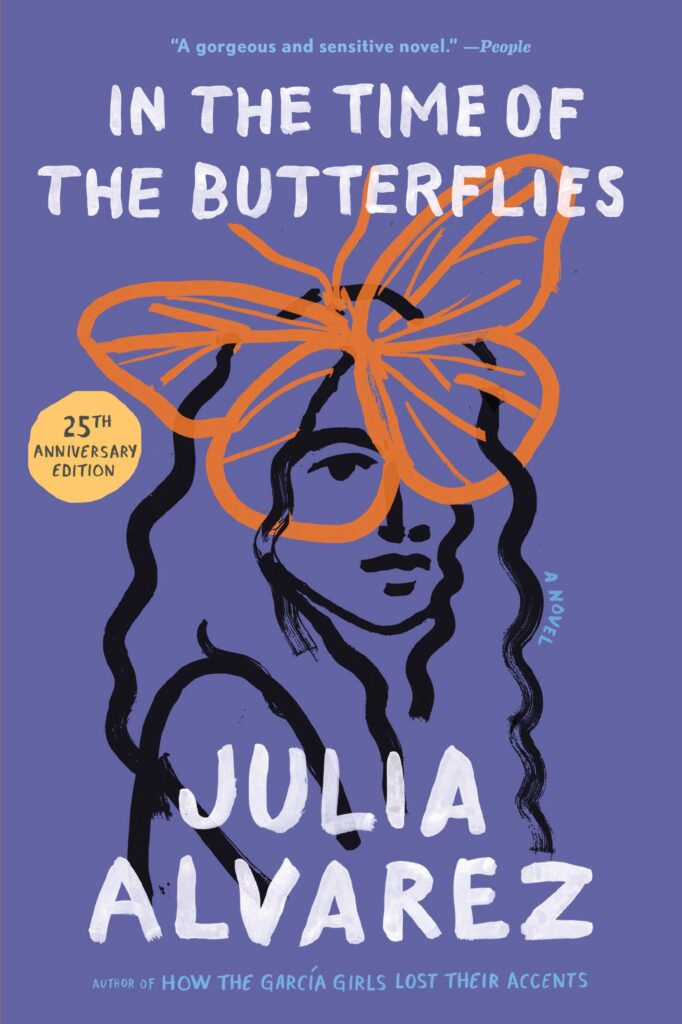By Anne Gallin, Ruth Glasser, Jocelyn Santana
This book is free — just pay shipping!
English Version | Table of Contents | About the Editors | Reviews
Description
Readings in Spanish from the English language version, Caribbean Connections: Dominican Republic. This book is part of the Caribbean Connections Series by Teaching for Change.
Table of Contents
Introducción
Explosión demográfica: La inmigración dominicana a los Estados Unidos
Ramona Hernández y Francisco Rivera-Batiz
Los dominicanos en Puerto Rico: Una mirada al Barrio Gandul
Jorge Duany
Los dominicanos en Nueva York: Quisqueya en el Hudson
Jorge Duany
Los dominicanos en Nueva Jersey: Comunidades florecientes
Cid D. Wilson
Los dominicanos en Massachusetts: La conexión Boston-Miraflores
Peggy Levitt
Los dominicanos en Connecticut: Tres pioneras
Ruth Glasser
Los dominicanos en Rhode Island: La historia de Doña Fefa
Marta V. Martínez
“El negro ‘tras la oreja’—¿saldrá adelante también?” Los dominicanos en el mosaico racial americano: El caso de Washington, D.C..
Ginetta E.B. Candelario
Los dominicanos en el Sur de la Florida: Luz del sol en el suburbio
Carol Hoffman-Guzmán
Minerva
De En el tiempo de las mariposas Julia Alvarez
“Las mariposas elevándose hacia el cielo...”
Entrevista con Doña Dedé Mirabal
Product Details
ISBN: 9781878554215
Publisher: Teaching for Change
Publication Date: November 1, 2005
Pages: 54
Language: Spanish
Paperback Edition

About the Editors
Anne Gallin
Anne Gallin developed the Outreach Program at the Council on Latin American and Iberian Studies at Yale University. As director of the program from 1998 to 2004, she wrote curriculum materials, organized summer institutes for K–12 and community college educators, led study tours to the Dominican Republic and Puerto Rico, and taught Caribbean dance in schools. She holds a Master of Arts degree in International Studies (Latin America) from the University of Connecticut.
Ruth Glasser
Ruth Glasser is the author of two books: My Music Is My Flag: Musicians and Their New York Communities, 1917–1940 (University of California Press, 1995) and Aquí Me Quedo: Puerto Ricans in Connecticut (Connecticut Humanities Council, 1997). She has written curriculum materials, museum exhibit and scripts on community and ethnic history. The holder of a Ph.D. in American studies from Yale University, she currently teaches in the Urban and Community Studies Program at the University of Connecticut–Tri-Campus.
Jocelyn Santana
Jocelyn Santana migrated from the Dominican Republic to New York City at the age of fourteen. She holds a Ph.D. in English education from New York University and has served as a teacher of ESL, Spanish, and English, and as a curriculum and staff developer. She is currently the English Language Learners Curriculum Instructional Specialist for District 79 in New York City. She has written extensively on language and identity issues among immigrants and is currently at work on a memoir, Dominican Dream, American Reality.
Patricia R. Pessar
Patricia R. Pessar is professor of American Studies and Anthropology at Yale University. She is the author of Between Two Islands: Dominican International Migration with Sherri Grasmuck (University of California Press, 1991), A Visa for a Dream: Dominicans in New York (Allyn & Bacon, 1995), and Caribbean Circuits: New Directions in the Study of Caribbean Migration (Center for Migration Studies, 1997). Her current research focuses on Guatemalan refugees and returnees and the social production of Brazilian millenarian beliefs and movements. From Fanatics to Folk: Brazilian Millenarianism and Popular Culture (Duke University Press, 2004) is the title of her latest publication.
Book Review
By educator Ariela Rothstein, a social studies teacher at East Brooklyn Community High School in Canarsie, Brooklyn
 I teach a Latin American and Caribbean Studies course as part of a Global History Regents prep sequence. My small public high school serves 16-20 year-old over-aged, under-credited students who often need to pass the Regents Exam with less than half the number of classroom hours as the average New York state student. The pressure to address both skills and content is high.
I teach a Latin American and Caribbean Studies course as part of a Global History Regents prep sequence. My small public high school serves 16-20 year-old over-aged, under-credited students who often need to pass the Regents Exam with less than half the number of classroom hours as the average New York state student. The pressure to address both skills and content is high.
Resources like the Caribbean Connections series make my job a lot easier—with the right texts, images, maps and charts; I can build lessons that focus on critical historical thinking skills that will help my students on the exam and beyond high school.
What makes a text the “right” text? Engaging topics, ideas for framing the day in an interesting way, connections to a larger theme, appropriate reading levels, and relevance to my students and the pressure they face from the exam.
Caribbean Connections: Dominican Republic is ideal for educators who are "humanities" minded. It provides a wealth of poetry and literature for writing-focused history classes, in addition to the historical context necessary to bring those same pieces into an English classroom.
 Take the section on In the Time of the Butterflies by Julia Alvarez, for example. I wanted to plan a unit around the time of Trujillo, the book and the film, but by mid year I was having trouble finding the time to read the entire book and watch the film closely enough to pull out the best pieces to bring into a history class. Chapters 9 to 11 cut that work in half by offering a selection of the book, clips from the film, and ideas to start planning a broader unit. That was a source I knew already—the real beauty in this resource lies in the texts it offers to go beyond what most Americans hear, see or read about the Dominican Republic and the experiences of immigrants in this country.
Take the section on In the Time of the Butterflies by Julia Alvarez, for example. I wanted to plan a unit around the time of Trujillo, the book and the film, but by mid year I was having trouble finding the time to read the entire book and watch the film closely enough to pull out the best pieces to bring into a history class. Chapters 9 to 11 cut that work in half by offering a selection of the book, clips from the film, and ideas to start planning a broader unit. That was a source I knew already—the real beauty in this resource lies in the texts it offers to go beyond what most Americans hear, see or read about the Dominican Republic and the experiences of immigrants in this country.
Part Three, for example, offers a host of texts and lessons that can be applied to any lesson on identity, race, gender and social class, no matter the country. The thematic organization of the sources lends itself well to ”picking and choosing” and with this book, I can pick and choose from voices written by Dominicans in this country and on the island.
For teachers worried about Regents-related content, this resource does an excellent job of including key historical skills (including chart and map analysis), demographic data, and themes such as change, migration, race and social class that spread across content areas. Each reading, poem, or visual source comes with a lesson plan and ideas for going further within your own class. The sources themselves, though, are powerful and unique enough to be used as stand-alone, or incorporated into units you might already have created for your students. Many lessons provide ideas for student-driven projects that not only go deeper into the themes discussed in the texts, but also into your students' neighborhoods and daily lives.
Unlike many classroom resources, Caribbean Connections: The Dominican Republic makes it easy to bring relevant, engaging and complex ideas about place, nationality, language, culture, race, employment and politics into your daily classroom experience.